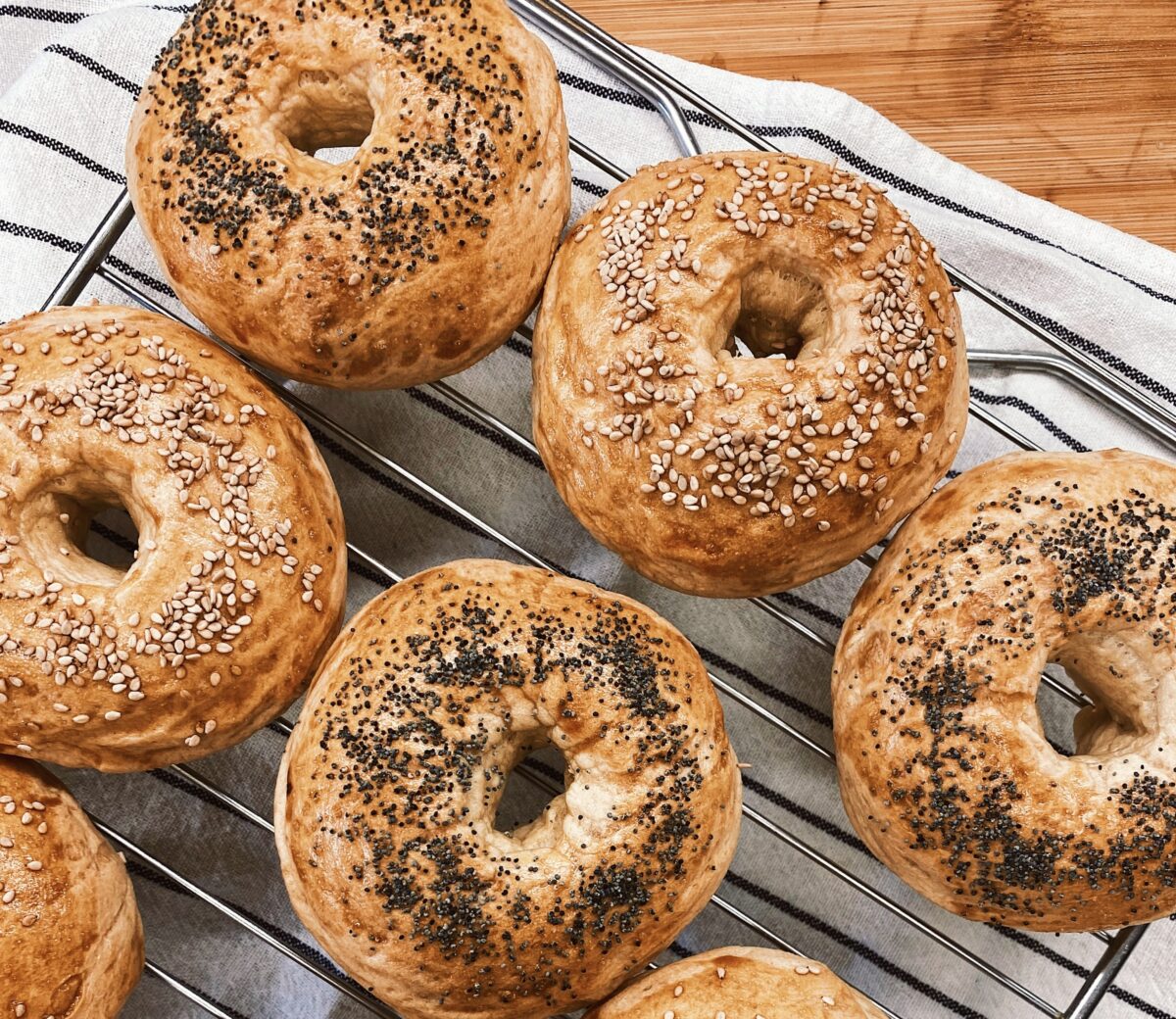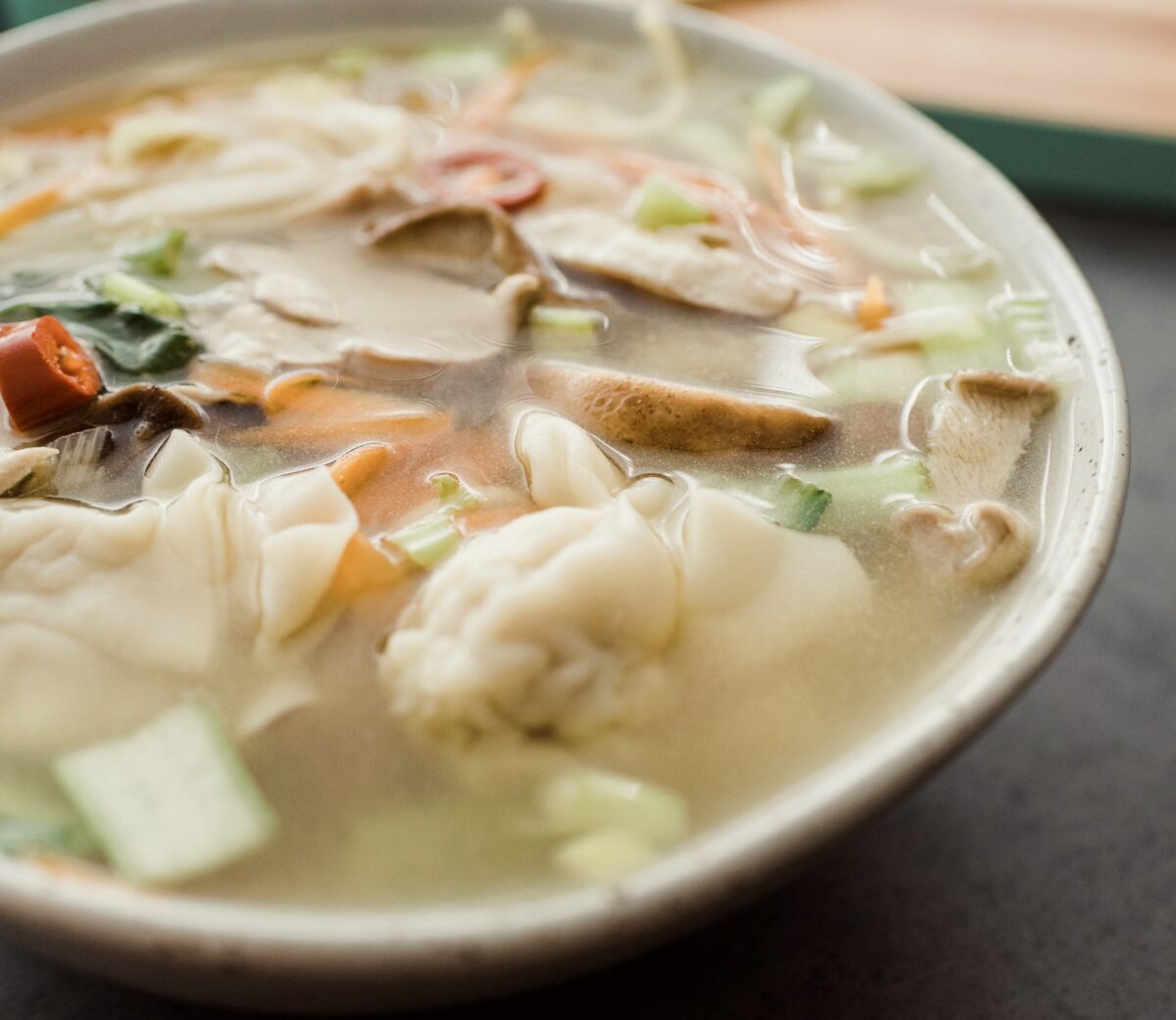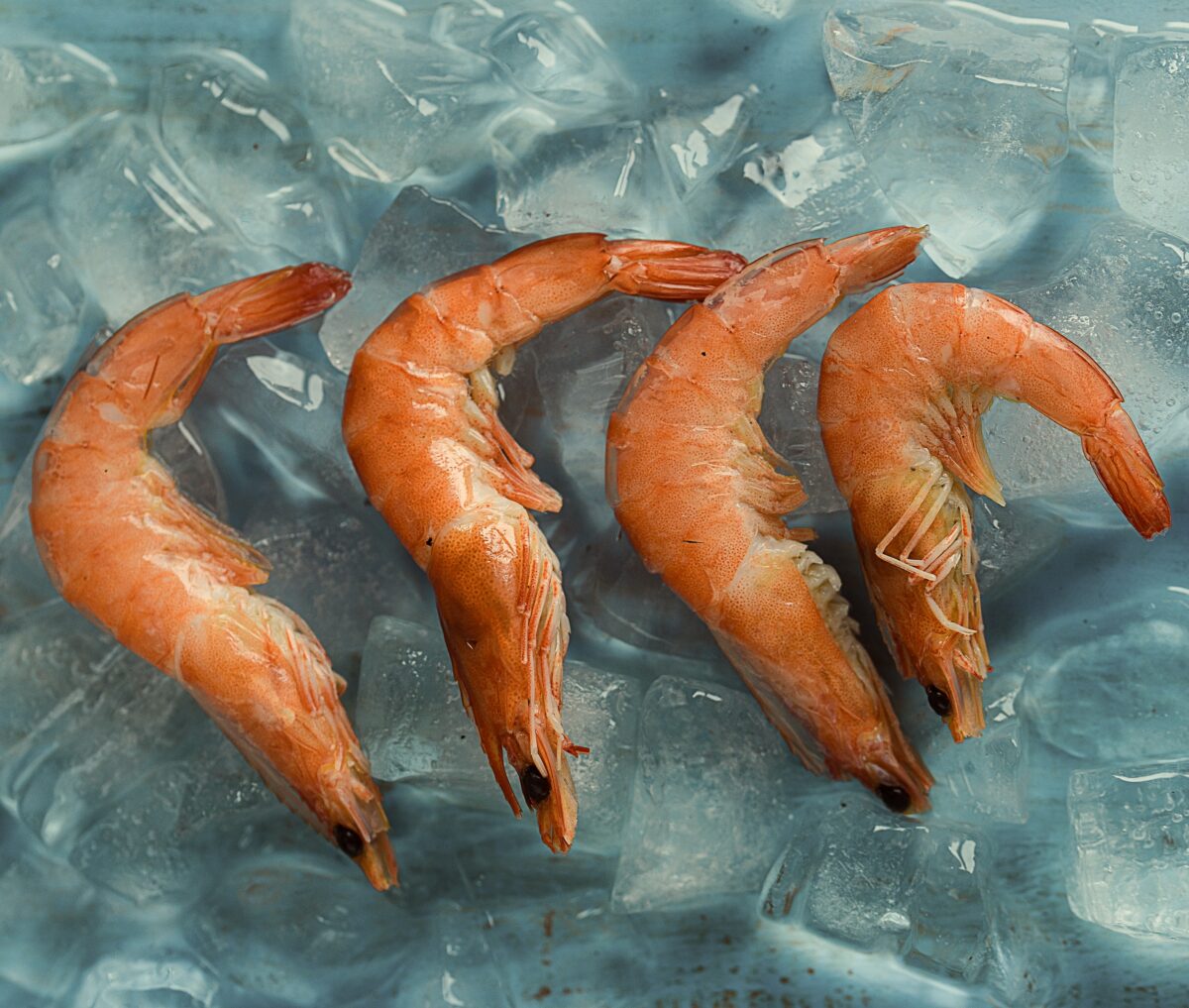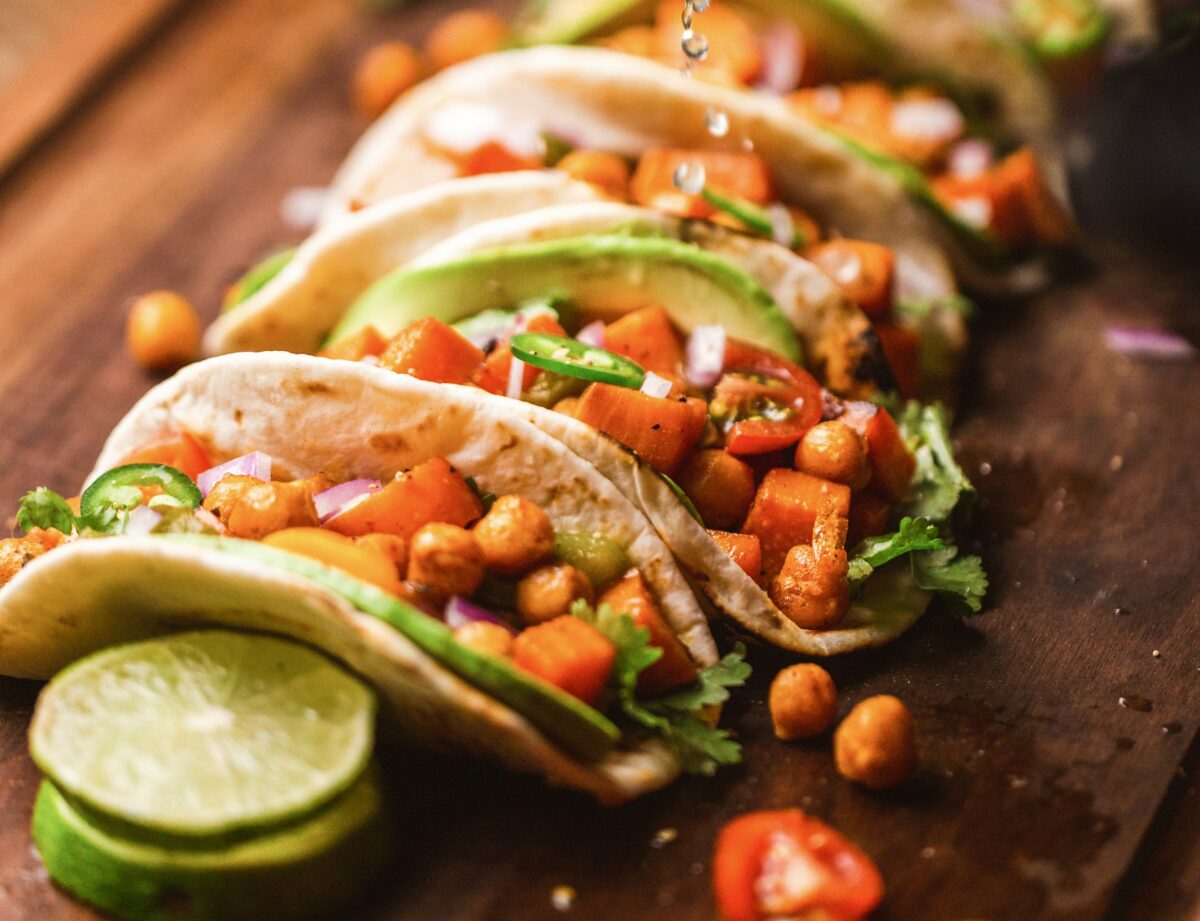According to the U.S. Department of Health and Human Services, over 40% of the sodium we eat every day comes from only 10 different types of food: bread, pizza, sandwiches, deli meats, soups, burritos, savory snacks, chicken, cheese, and eggs.
I have to say, as someone who writes articles about nutrition as part of my job, I was surprised at how many items on that list I never would have pegged as being particularly salty foods, let alone so much so that they constitute over 40% of our daily intake for sodium!
So, while I’ve been making a conscious attempt to crack down on the amount of salt I use in the kitchen, it seems my efforts to avoid added sodium were being thwarted all along.
Sodium Is An Important Mineral That Is Essential For Proper Functioning Of The Human Body — However, The American Diet Contains Dangerously High Amounts Of Sodium, Almost 80 Percent Of Which Comes From Processed And Restaurant Foods.
But why avoid added salt in the first place, you might be wondering?
The answer lies in the fact that if Americans were to reduce their sodium intake by only as much as half a teaspoon per day, up to 22% of fatal strokes, and 16% of deaths by heart-attack could be prevented, saving the lives of millions each year.
Safe to say that as a nation we are consuming way too much salt, and it’s literally killing us.
With that said, it’s not as if these sodium-related health issues are on the rise as a result of being too heavy-handed with the salt shaker at the table — I mean, cooking from home is actually one of the best ways to monitor these things — instead, we ought to blame manufacturers that have slowly but surely upped the added sodium in their products, while simultaneously allowing consumers to remain none the wiser.
For this reason, it’s vital to both take personal responsibility for the foods we choose to buy and put into our bodies, as well as continue to pressure the major players in the food industry to reduce the added sodium content of their foods.
10 Sneaky Sources Of Sodium In Your Diet That You Probably Aren’t Aware Of
1. Chicken
Even organic and natural chicken breast is known to contain anywhere between 200 and 500mg of sodium per serving, due to a common practice within the poultry industry known as plumping, whereby raw meat is injected with salt water and phosphate additives to improve the taste as well as raise the price per gram for consumers.
In fact, there are 11 different phosphate salt additives that are allowed to be injected into meat in the United States — all 11 of which are legally banned throughout Europe.
One study found that over 90% of all chicken products contained these levels of added sodium phosphates, with words such as, “flavorings” or “broth” being the only information listed on the label.
2. Bread
Biscuits, bagels, and bread used in pizza are some of the sneakiest offenders when it comes to high sodium content.

One research sampling of products across the United States found that one biscuit (you know, the fluffy southern-style ones you eat for breakfast) averaged between 520mg of sodium all the way up to 840mg of sodium for particular brands of the prepackaged dough.
Not only does this number obviously multiply with every additional biscuit you consume, but according to guidelines from the American Heart Association, this means that eating only 2–3 biscuits would already be enough to put you over the maximum recommended daily intake (RDI) of 1,500mg.
In a similar vein, a single store-bought bagel contains roughly 400mg of sodium, with only one handful of (approximately 15) hard pretzels providing over 320mg. Pizza takes the cake, however, with a single slice of frozen and fresh clocking in at over 765mg and 957mg, respectively.
3. Cold Cuts/Cured Meats
Not unlike poultry products mentioned above, cold cuts and cured or canned versions of meat pack a seriously salty punch whether it might taste like it or not!
Also as a result of the phosphate salts and preservatives added during the processing of these products, a single 2-ounce serving of either cold cut meat or salami will provide between 500mg and 1020mg of sodium — roughly 33-68% of the RDI.
Packaged ham also follows not too far behind, with one 3-ounce serving averaging over 1100mg of sodium, a number calculated to be 14% higher than research reveals it was in previous years, indicating a recent increase in the salt added during manufacturing.
4. Soups
Although the high sodium content of soups is usually just the result of added salt, it’s important to be aware of sodium-rich flavorings such as monosodium glutamate, aka MSG, that might be flying under the labeling radar.

Note that, on average, one cup of canned soup can provide over 700mg of sodium, and while meat and broth-based soups are widely considered to be the worst offenders, even relatively “safe” soups such as tomato or vegetable can account for well over a third of the RDI!
5. Shrimp/Other Seafood
As well as high quantities of salt being used for added flavour, many types of seafood available in the grocery store contain sodium-rich preservatives such as sodium tripolyphosphate.
Additives such as sodium tripolyphosphate are primarily used in order to minimize the amount of moisture that becomes lost during thawing, as well as preserving the appearance of many different animal products.

Shockingly, a 3-ounce serving of plain frozen shrimp can contain as much as 800mg of sodium, with breaded and buttered varieties climbing the scale further.
6. Processed Cheese
In order to create a smooth and consistent product, manufacturing companies rely on high levels of added salt in order to encourage cheese emulsification. Salt also plays a functional role in processed cheese, as its activity as a key preservative helps to prevent the growth of microorganisms and the germination of microbial spores during aging.

As a result, one 1-ounce serving of American cheese will typically have over 350mg of sodium, while the same amount of salt can be found in only 1/2 cup of cottage cheese.
7. Sauces
While soy sauce undoubtedly takes the top spot for saltiest sauces with 1024mg of sodium in a single tablespoon, other popular condiments such as ketchup and barbecue sauce are also ones to look out for if you’re trying to keep an eye on your sodium intake.
Just 3 tablespoons of ketchup has around 320mg of sodium on average, with barbecue providing more than the same amount in just 2.
8. Frozen Meals
According to the Food and Drug Administration, frozen meals can be officially labeled as “healthy,” so long as they contain no more than 600mg of sodium.
However, with this number not too far shy of accounting for almost half of the recommended daily intake, even frozen meals by brands said to be better for promoting health such as Amy’s, Lean Cuisine, and Healthy Choice can be sneaky salt assailants — and ones you would do well to look out for!
With the FDA “health” criteria aside, some frozen meals easily reach over 1000mg of sodium per serving, an amount that if added to any home-cooked meal, would certainly be made apparent.
9. Canned Vegetables
While canned vegetables would otherwise provide a quick and convenient way to get boost your fibre and nutrient intake for the day, the salt-water brine they come prepared in can contribute substantially to the overall sodium content of a meal.
For example, a 1/2 cup serving of canned peas averages over 300mg of sodium, with a 1/2 cup of canned asparagus providing upwards of 340mg, alone.
Also be aware of flavoured varieties of canned vegetables that may come packaged in other types of sauce such as baked beans, which contain over 520mg of sodium per serving, and nearly 25% of the RDI.
10. Tortillas/Tacos
In addition to common toppings such as meat and cheese, the plain tortillas used for quesadillas, tacos, and burritos can provide a significant amount of your daily sodium that very quickly adds up!

The sodium content of tortillas is derived mostly from the leavening agents used in the manufacturing process such as baking soda (technically referred to as sodium bicarbonate).
In this case, an 8-inch white flour tortilla can contain up to 400mg of sodium, with the consumption of 4 tortillas providing you with over two-thirds of the RDI — and that’s holding the cheese, meat, beans, salsa, rice, and guacamole.

